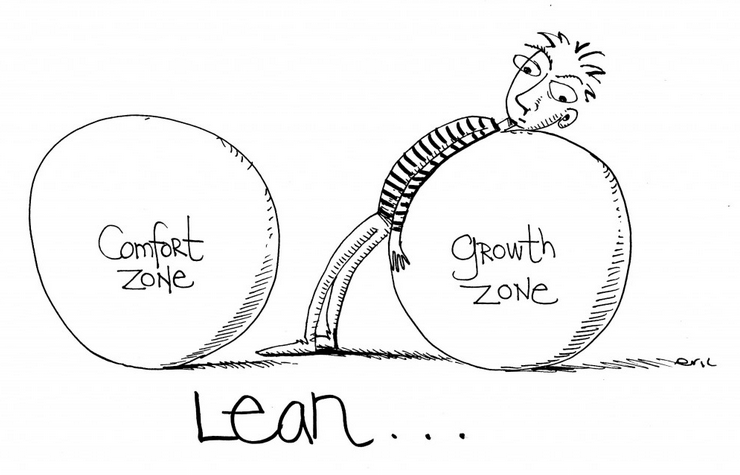25 Oct Are You Wearing a Mask? By Julie Assel, GPC
Posted at 19:49h
in Competency Seven, Inspiration, Julie Assel, GPC, Professional Development, Professionalism
When I was a kid, I loved Halloween. I loved dressing up and pretending to be someone else - someone that was better, stronger, and more capable than I felt I would ever be.
Fast forward through the decades and I recognize there are times when I want to pretend to be someone else - someone who is better, stronger, and more capable than I sometimes feel. It wasn’t until a few years ago that I realized what I was feeling was imposter syndrome. During my tenure with the Grant Professionals Certification Institute board of directors, I started to see that many grant professionals feel the same way.








